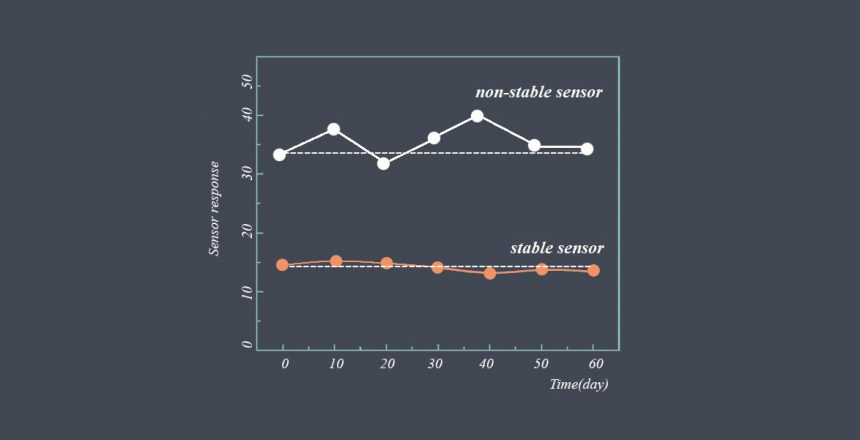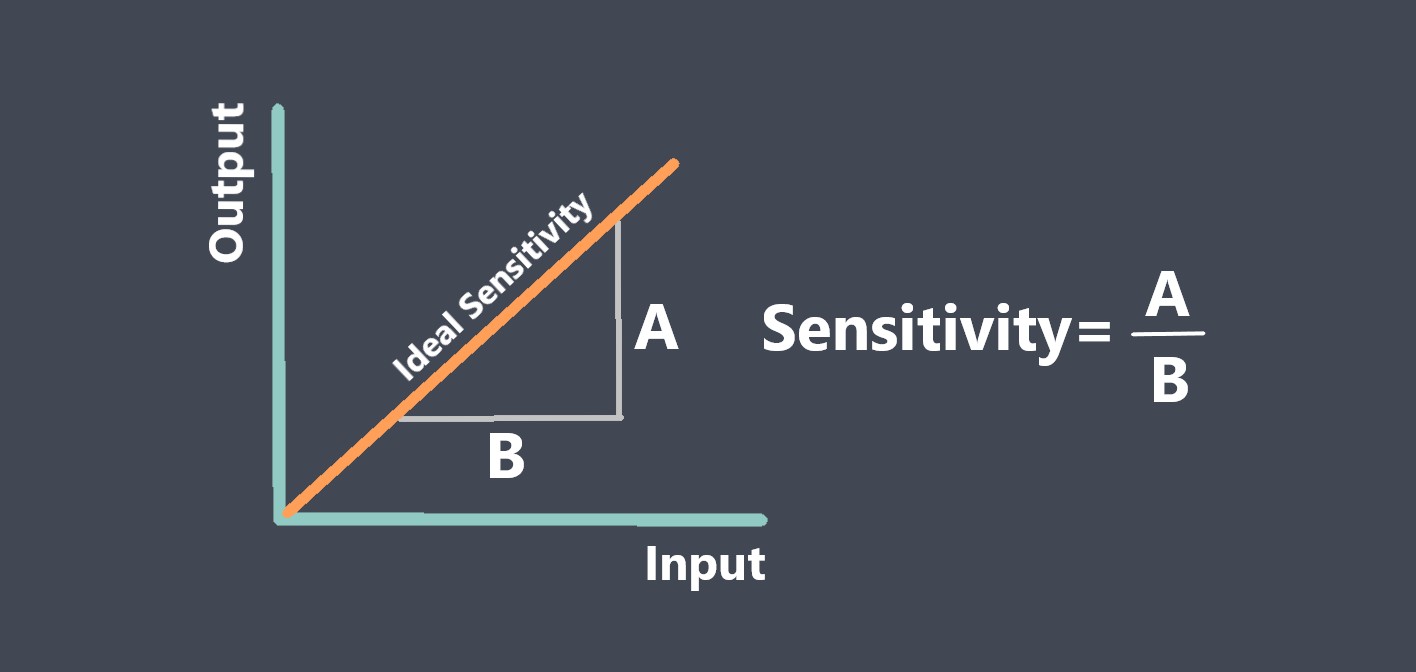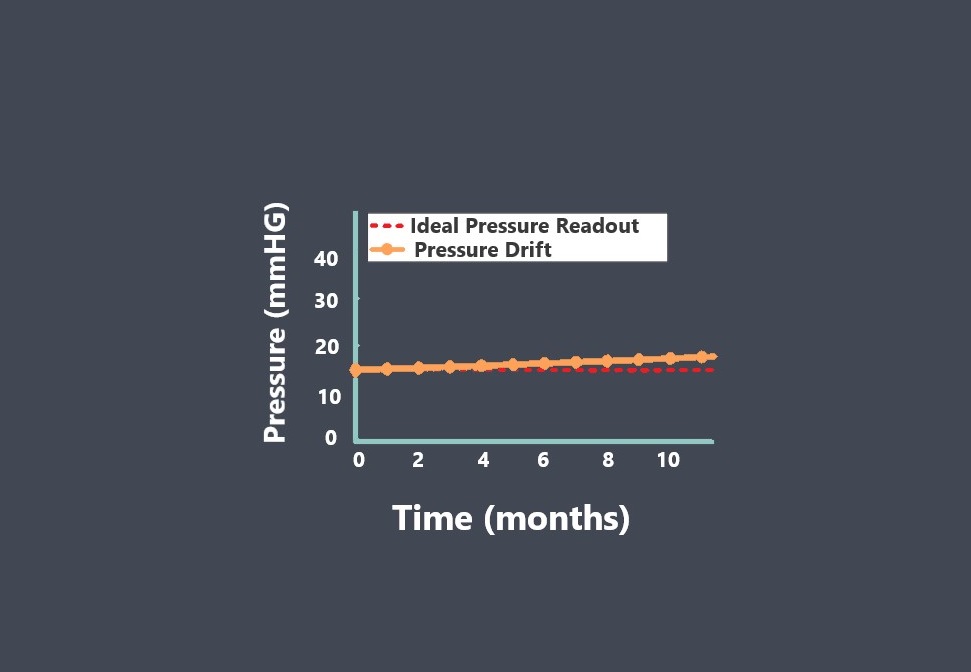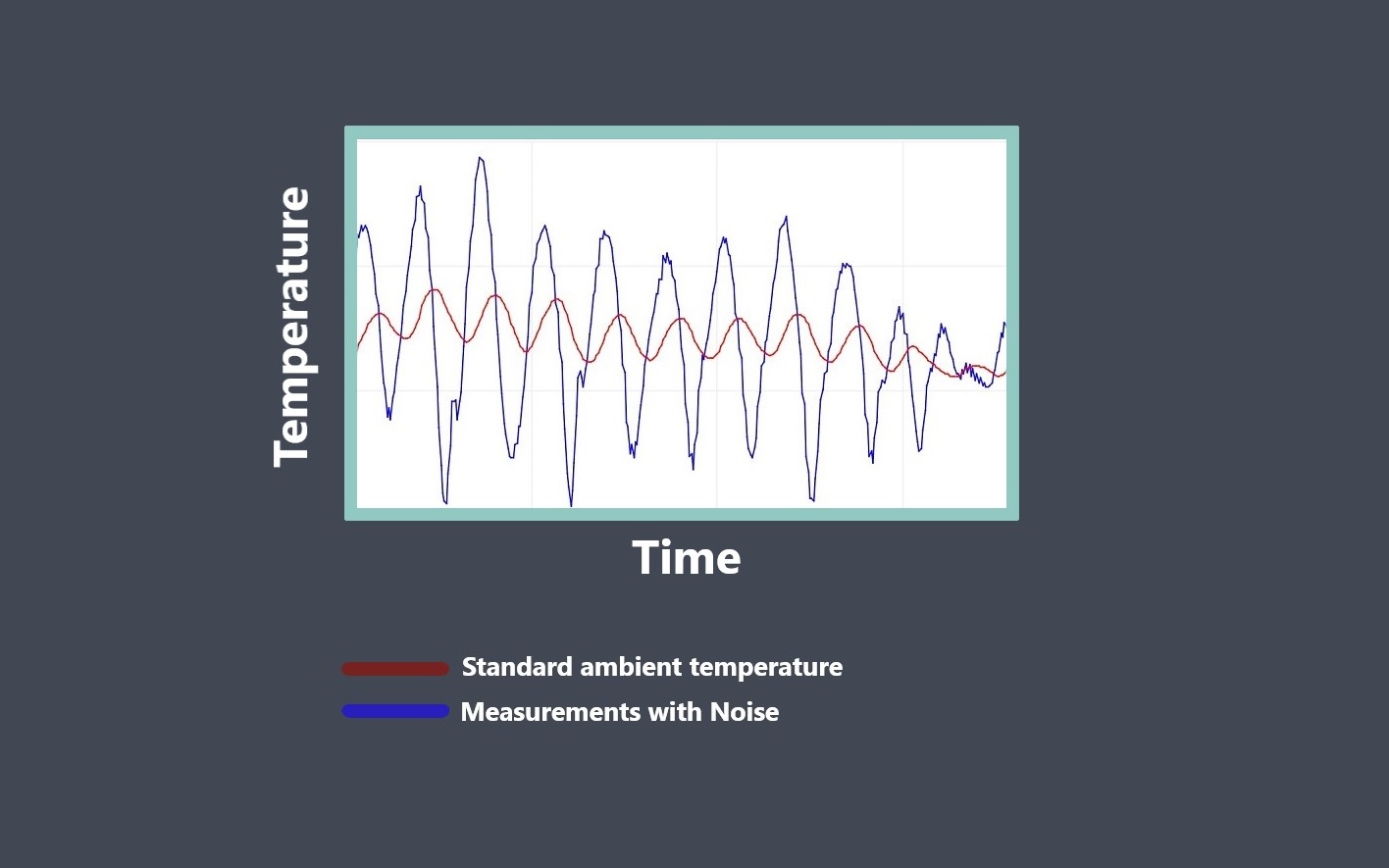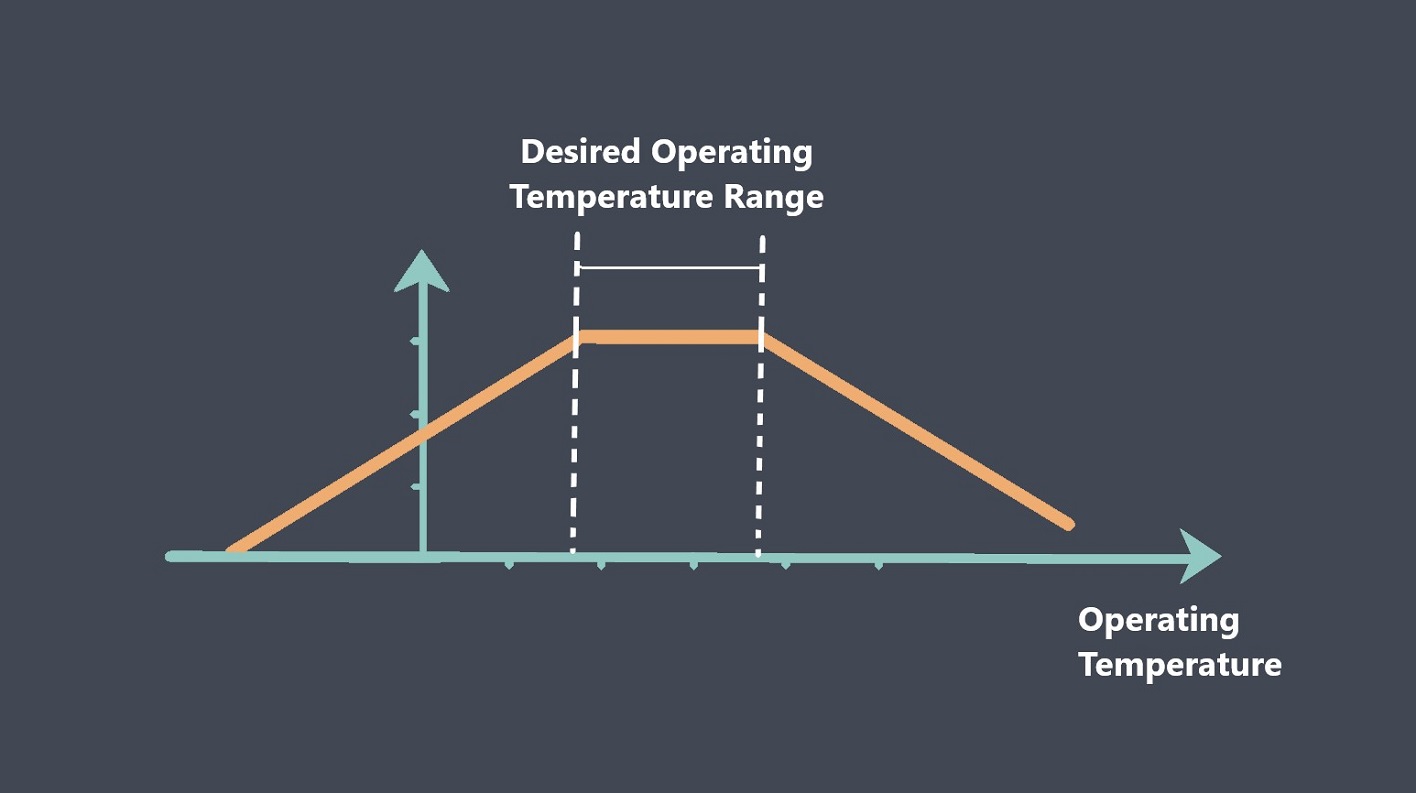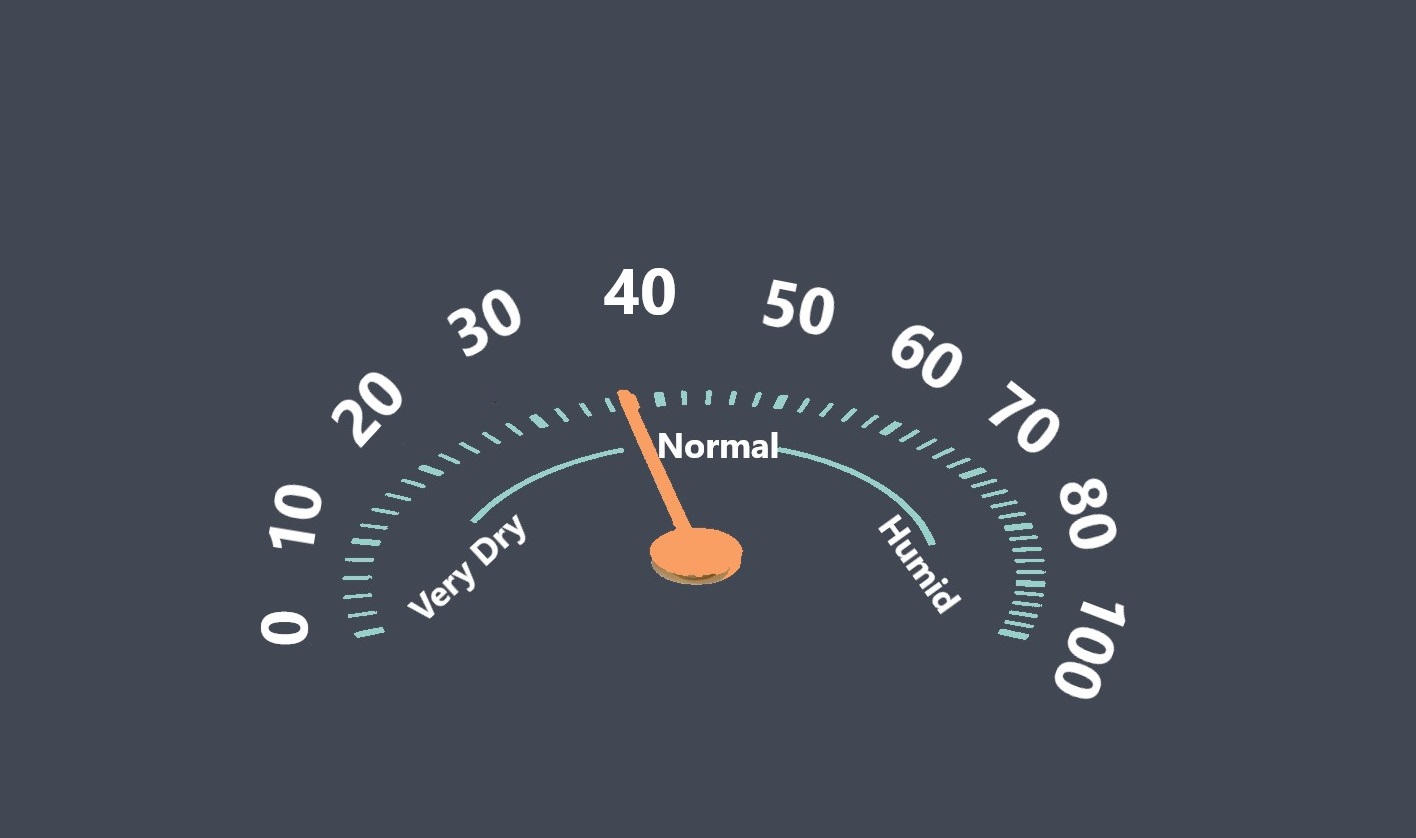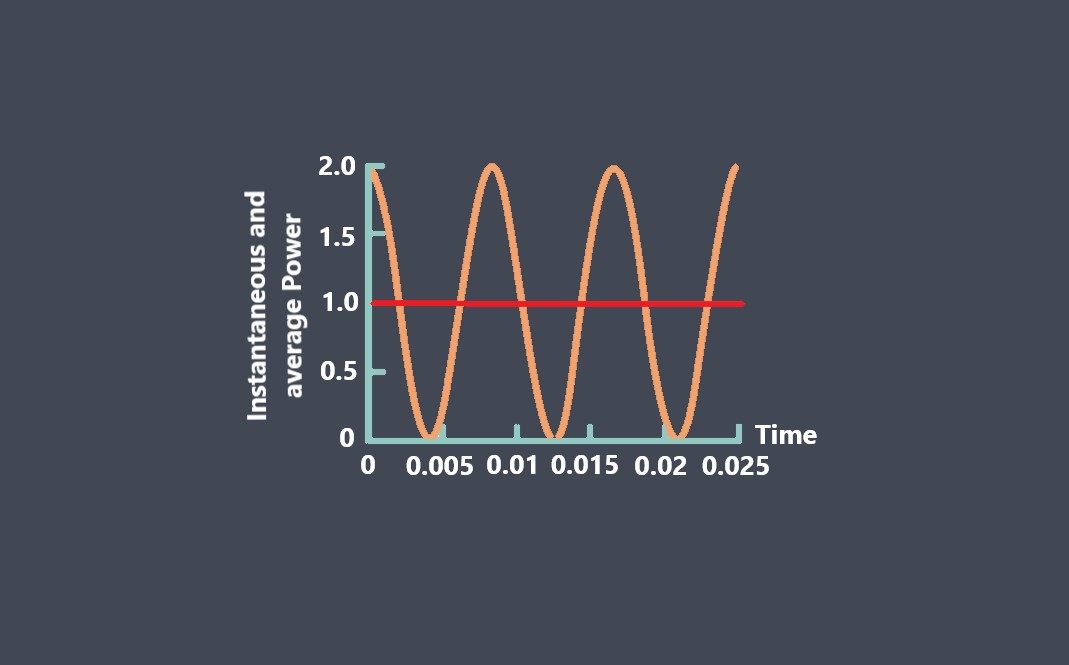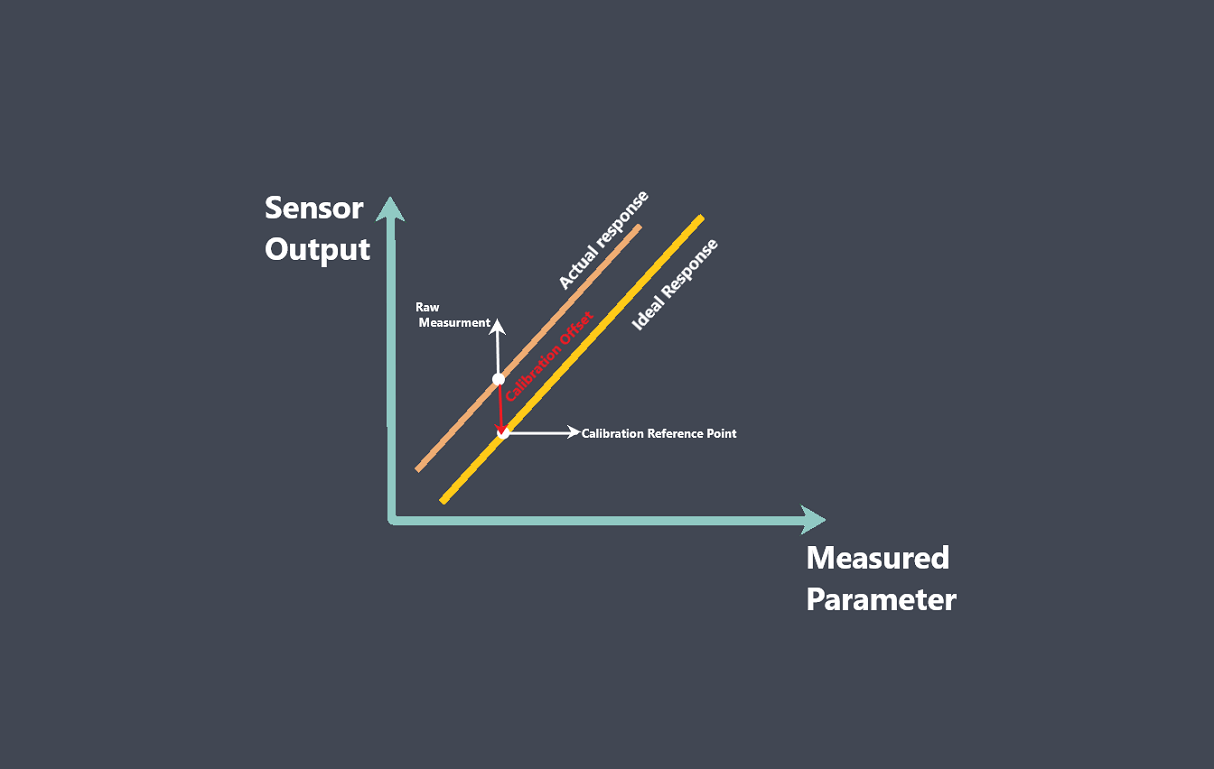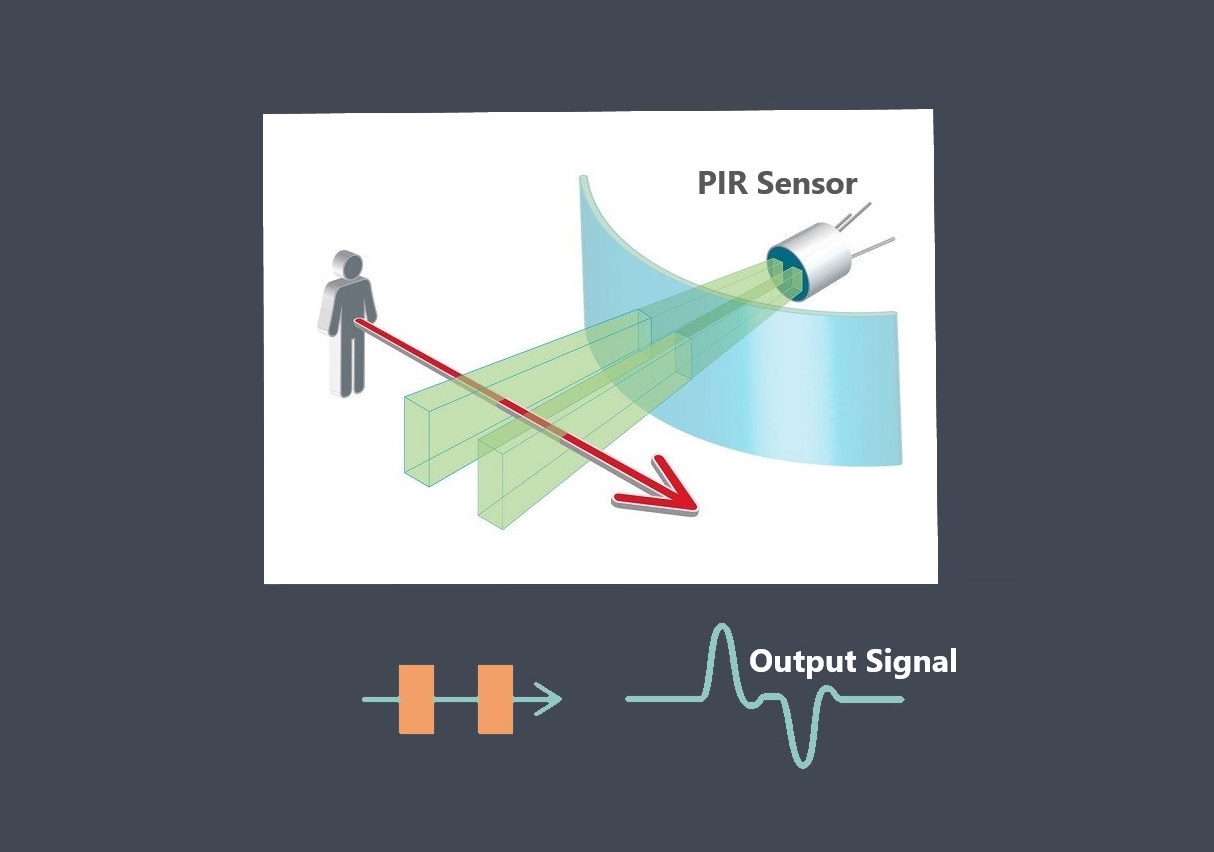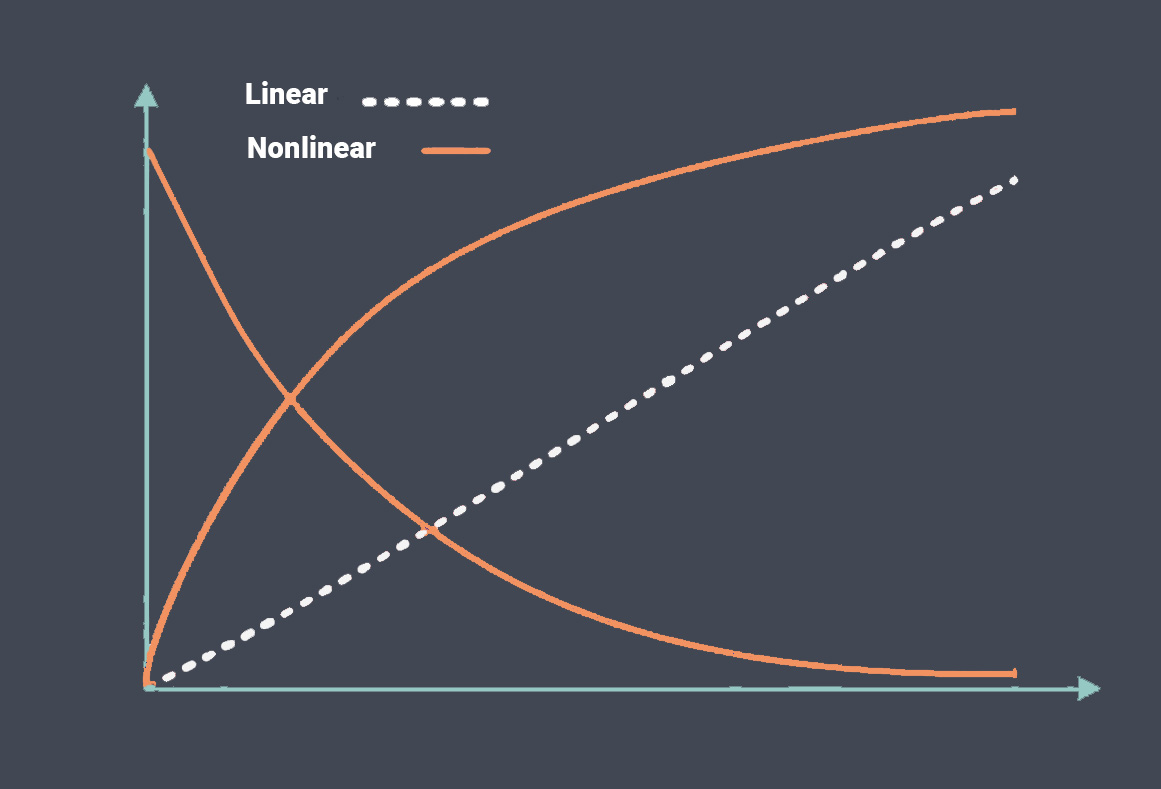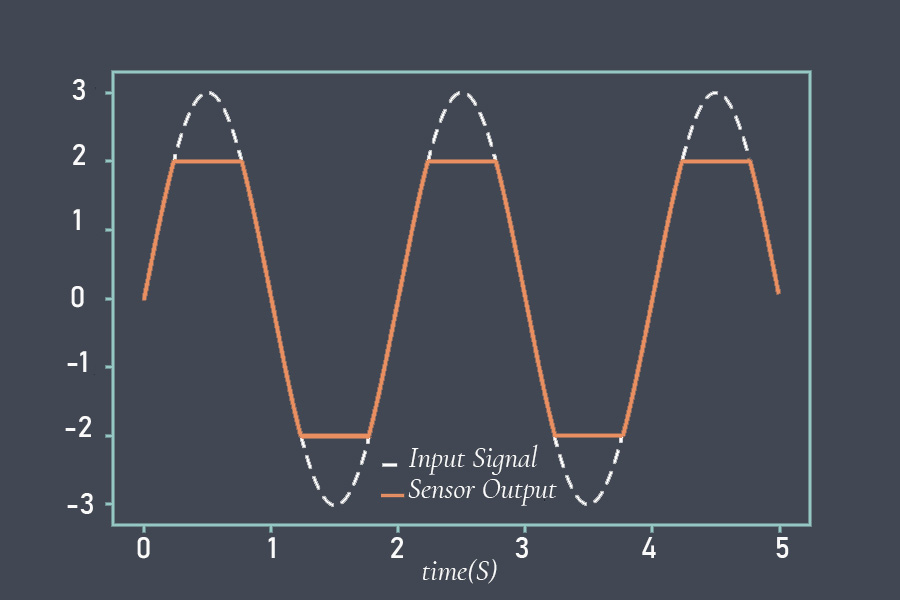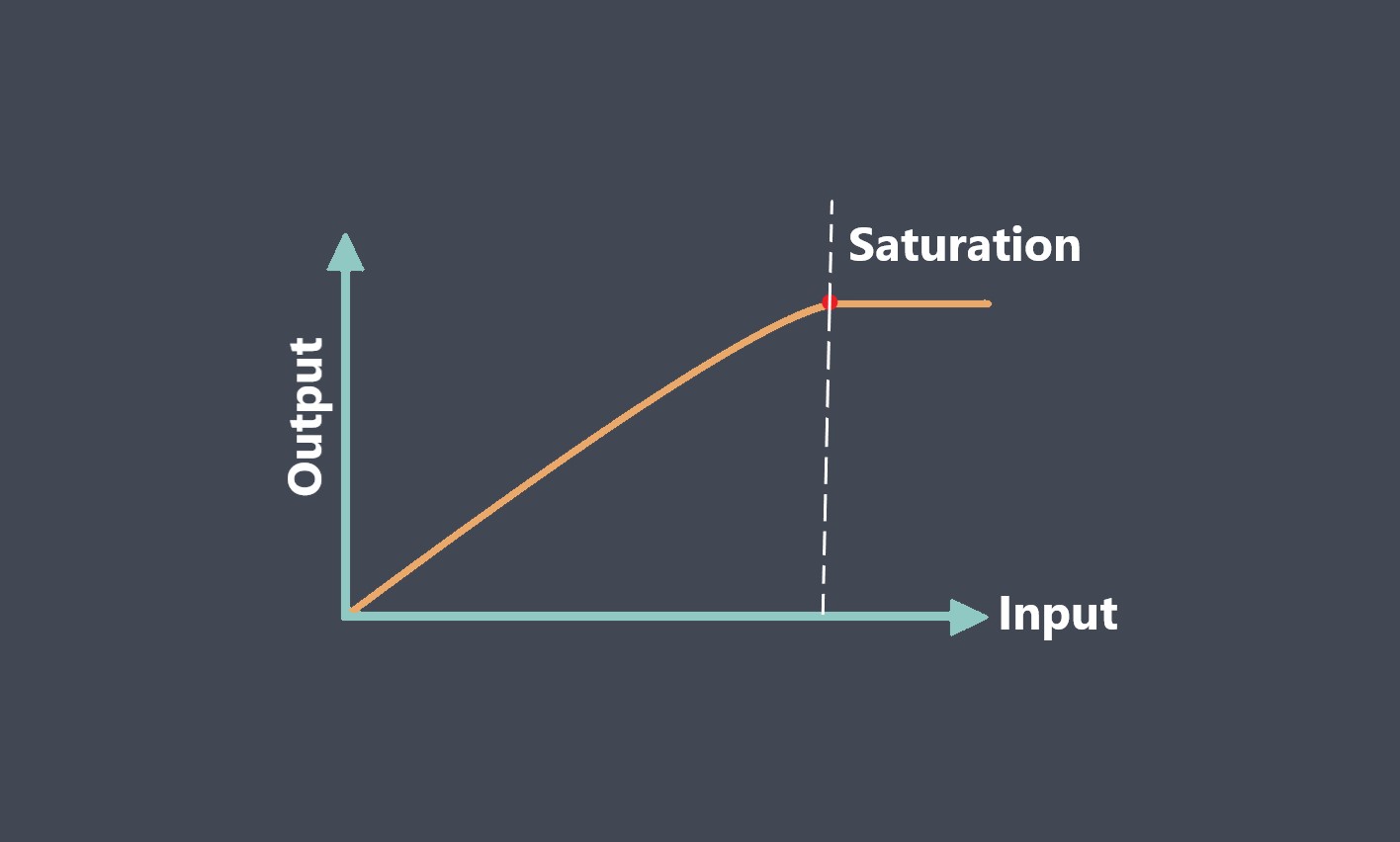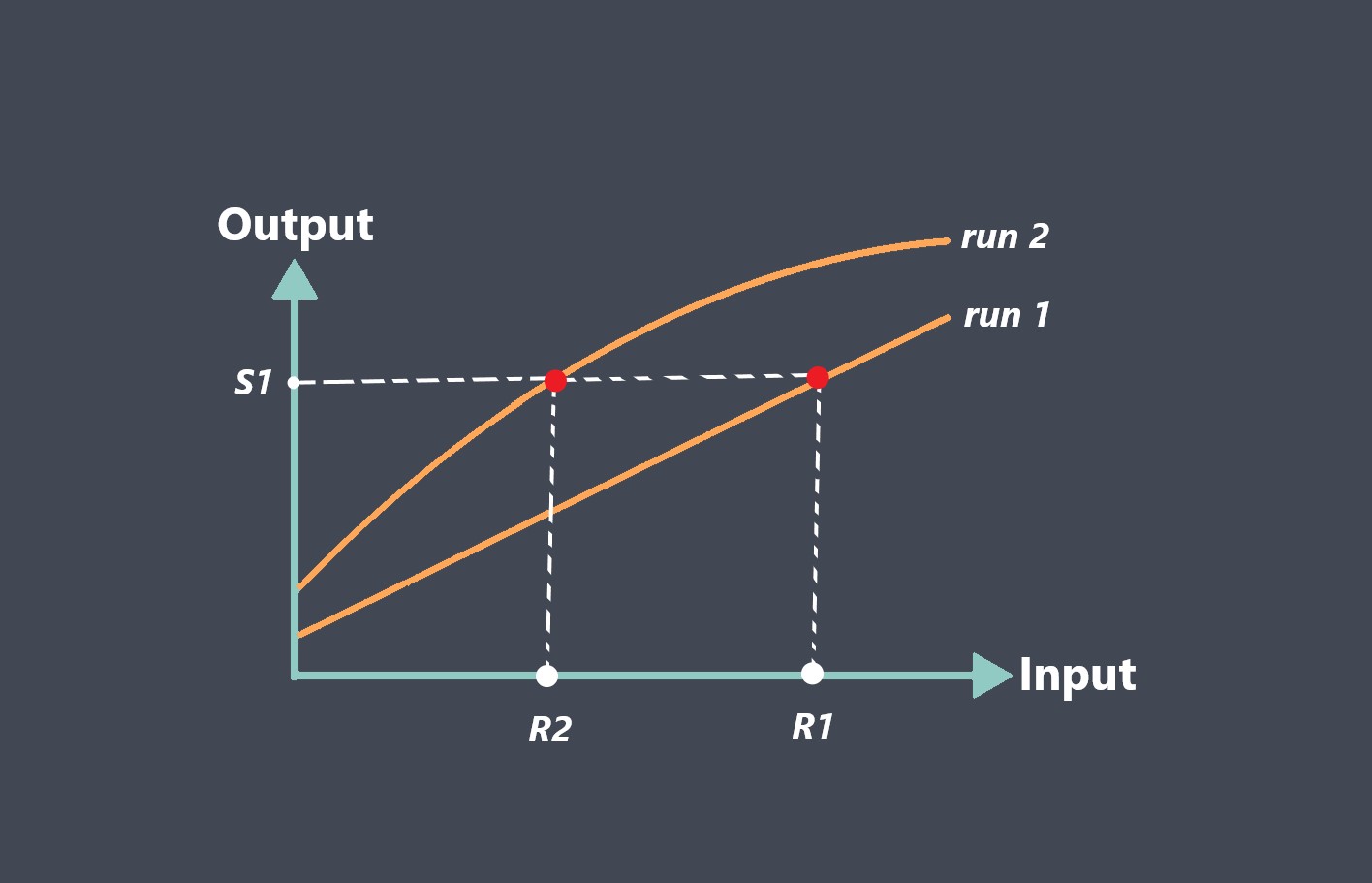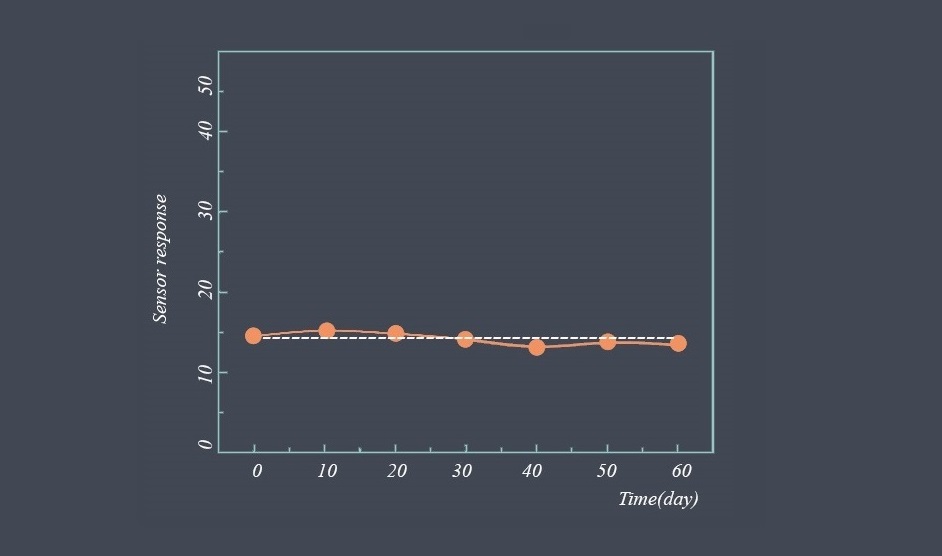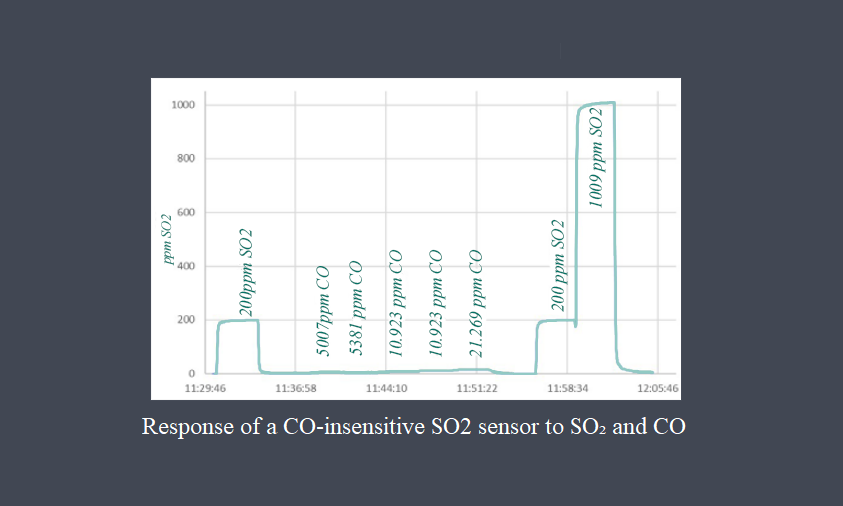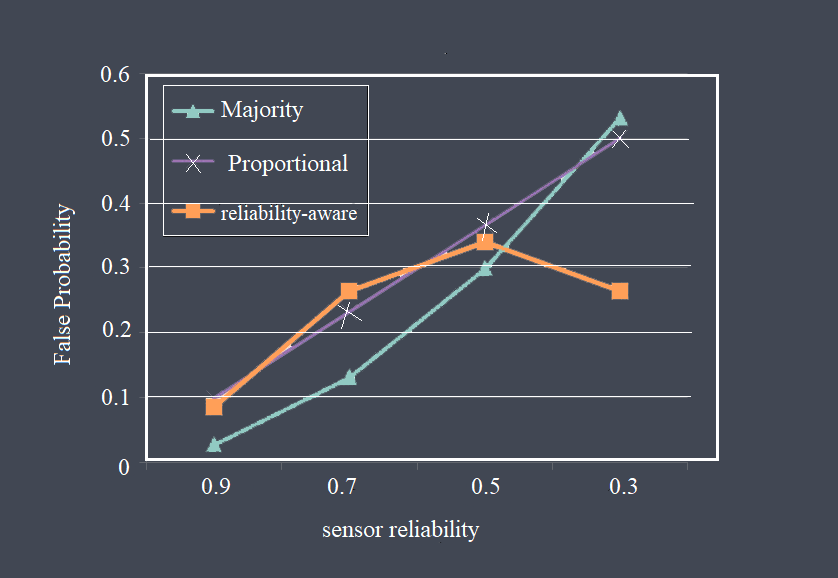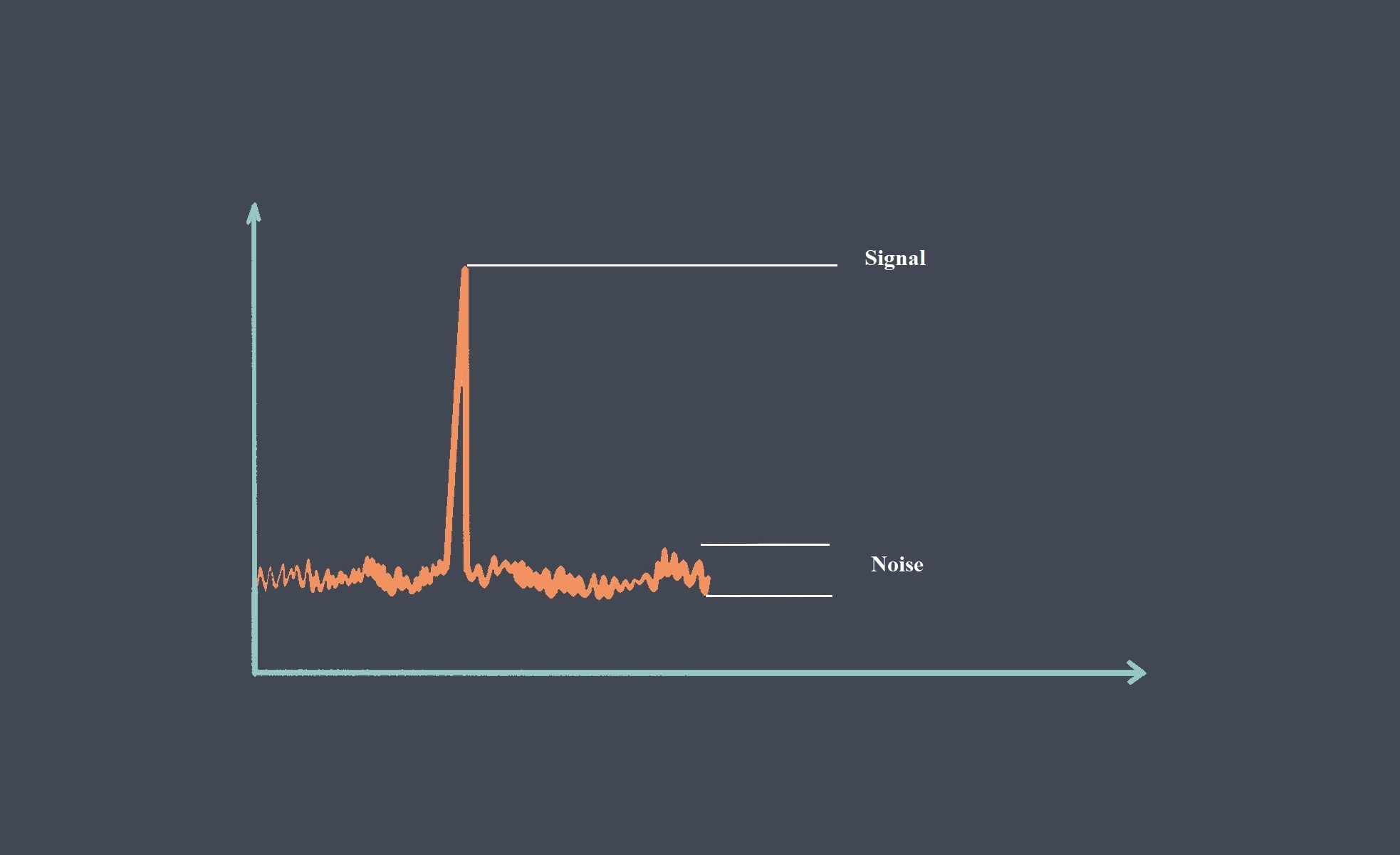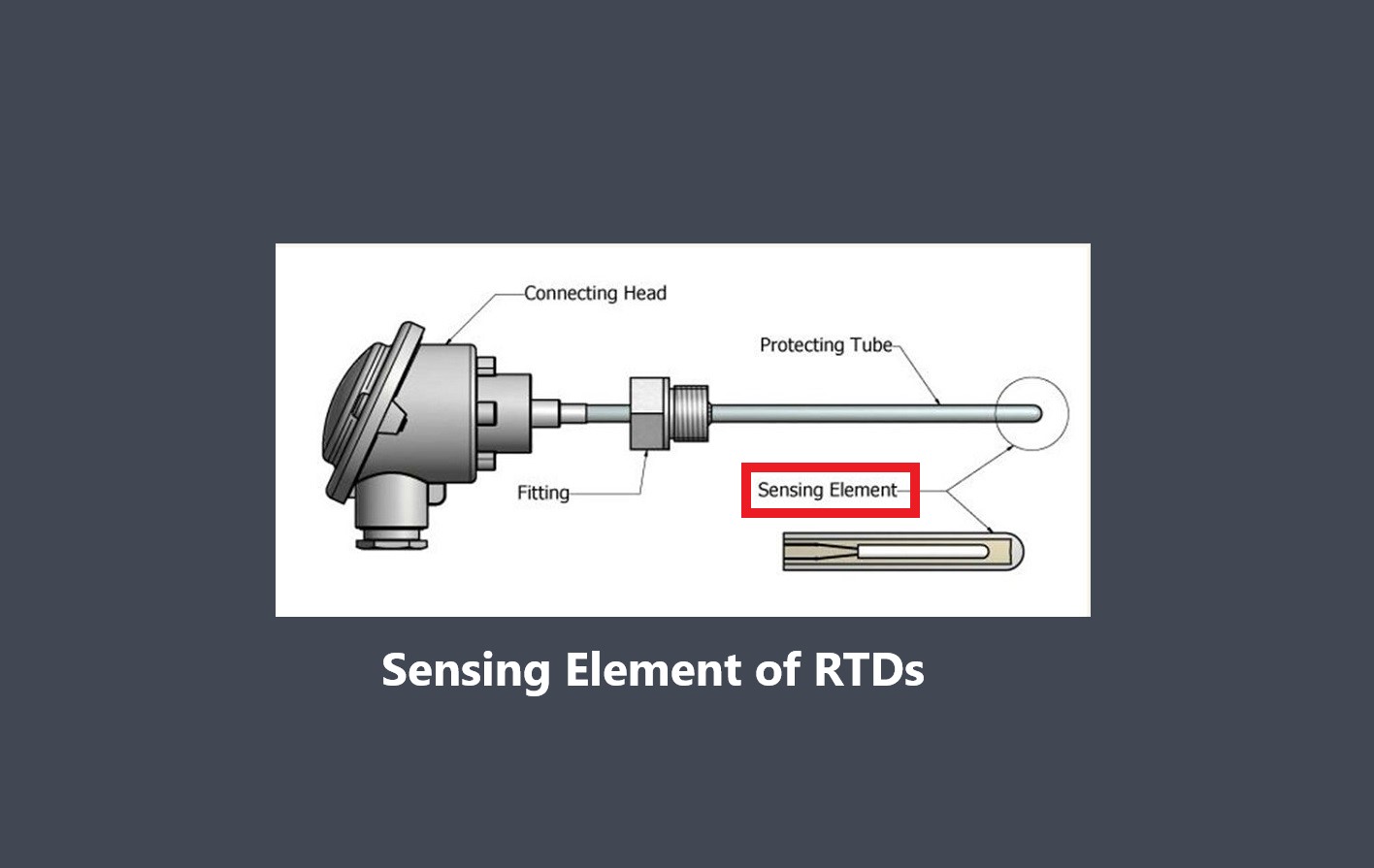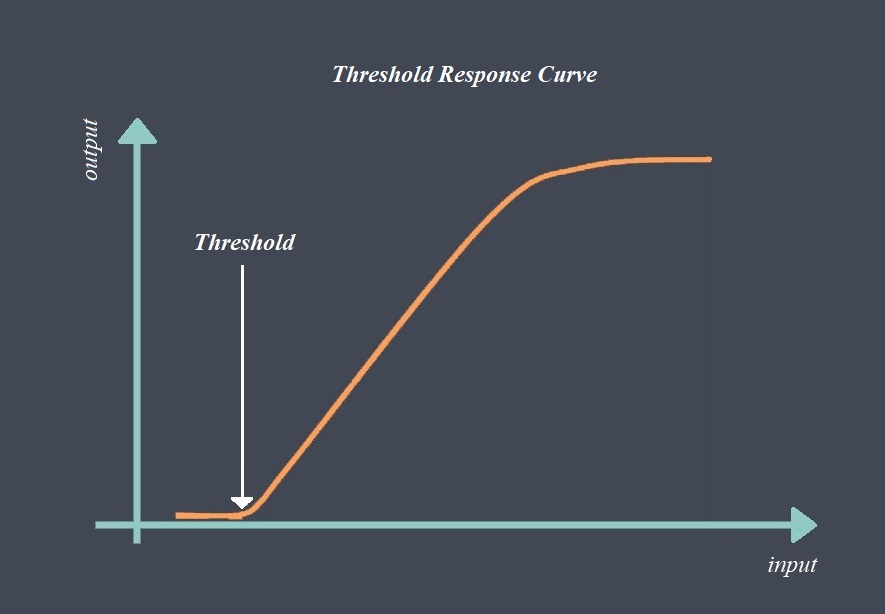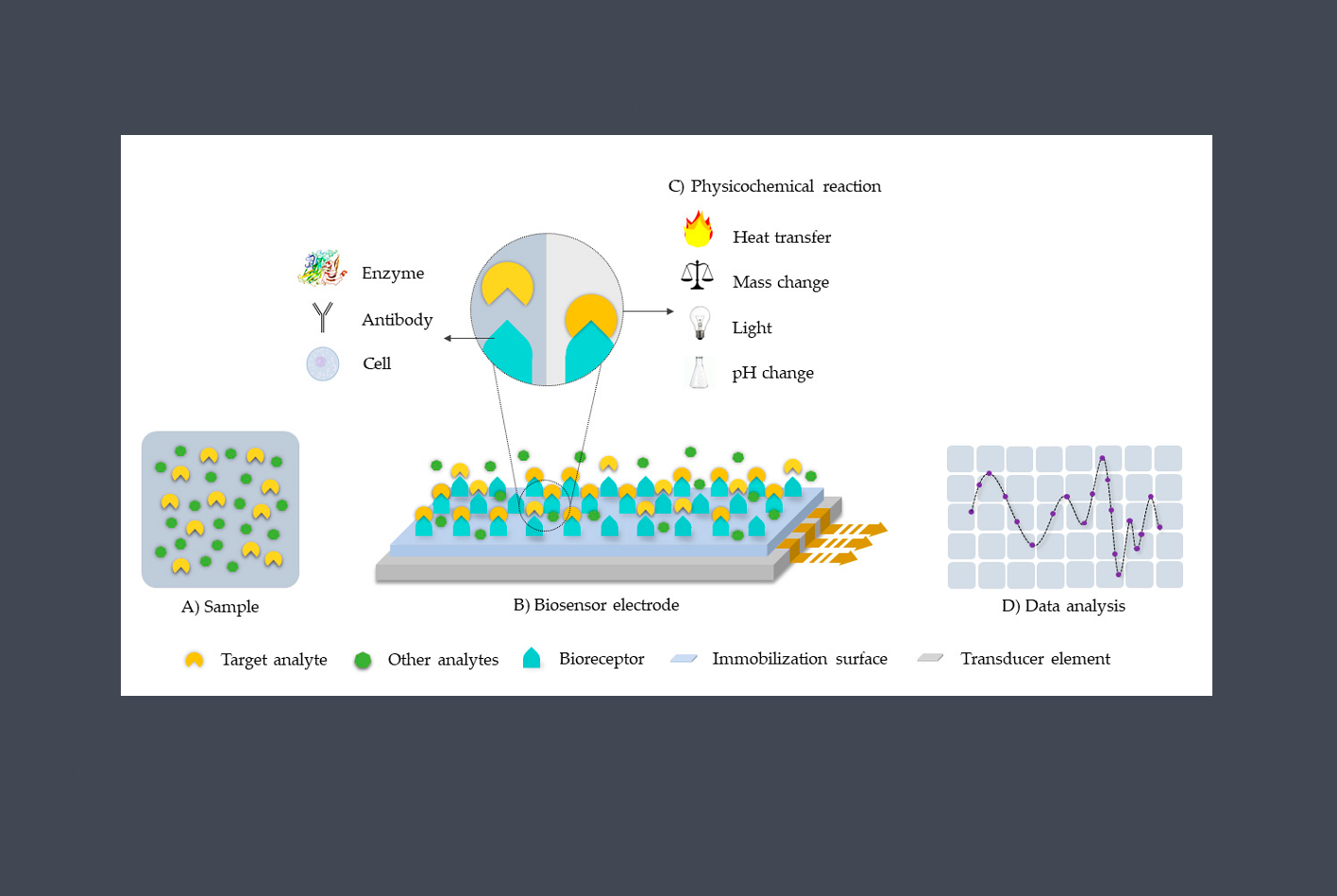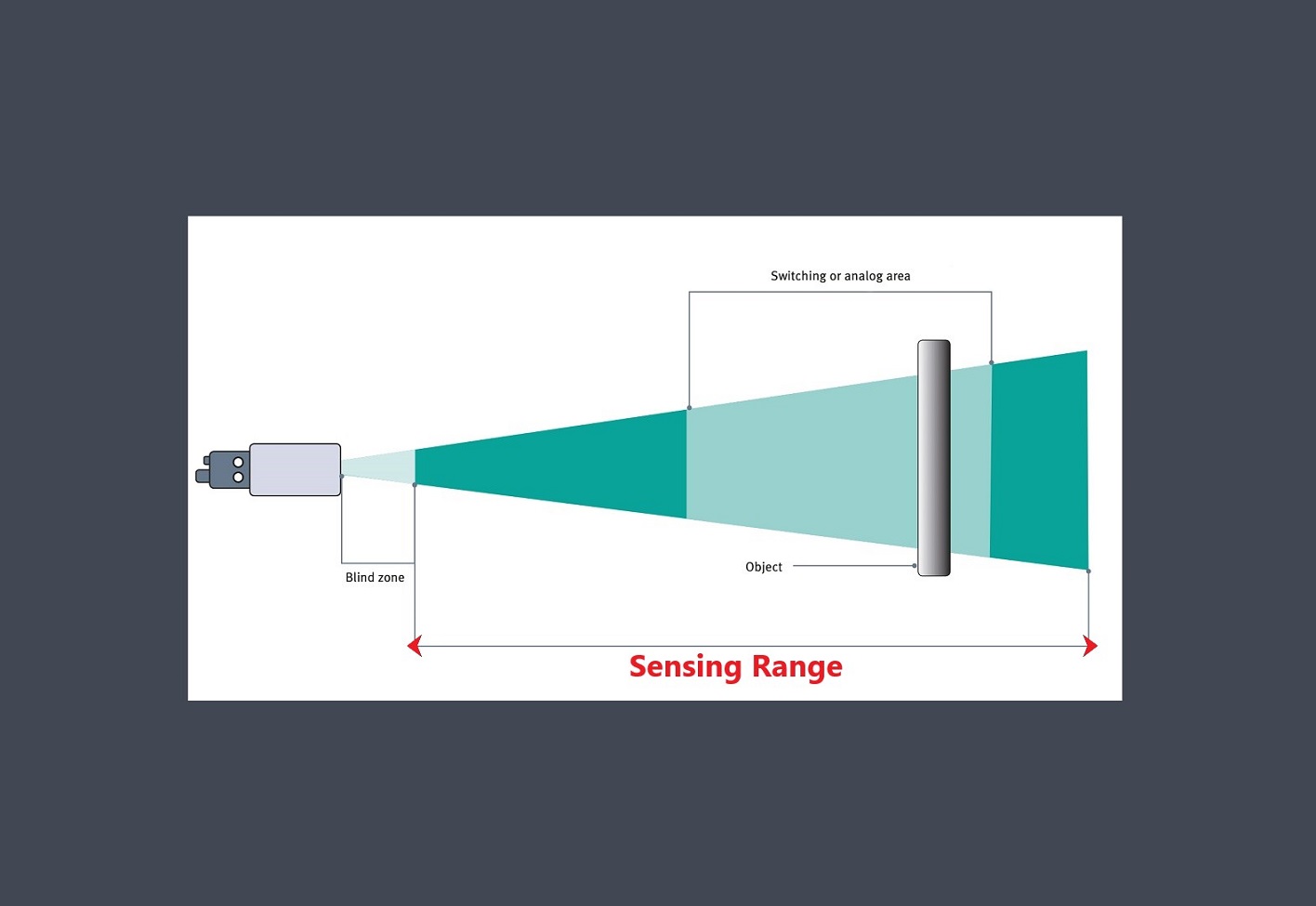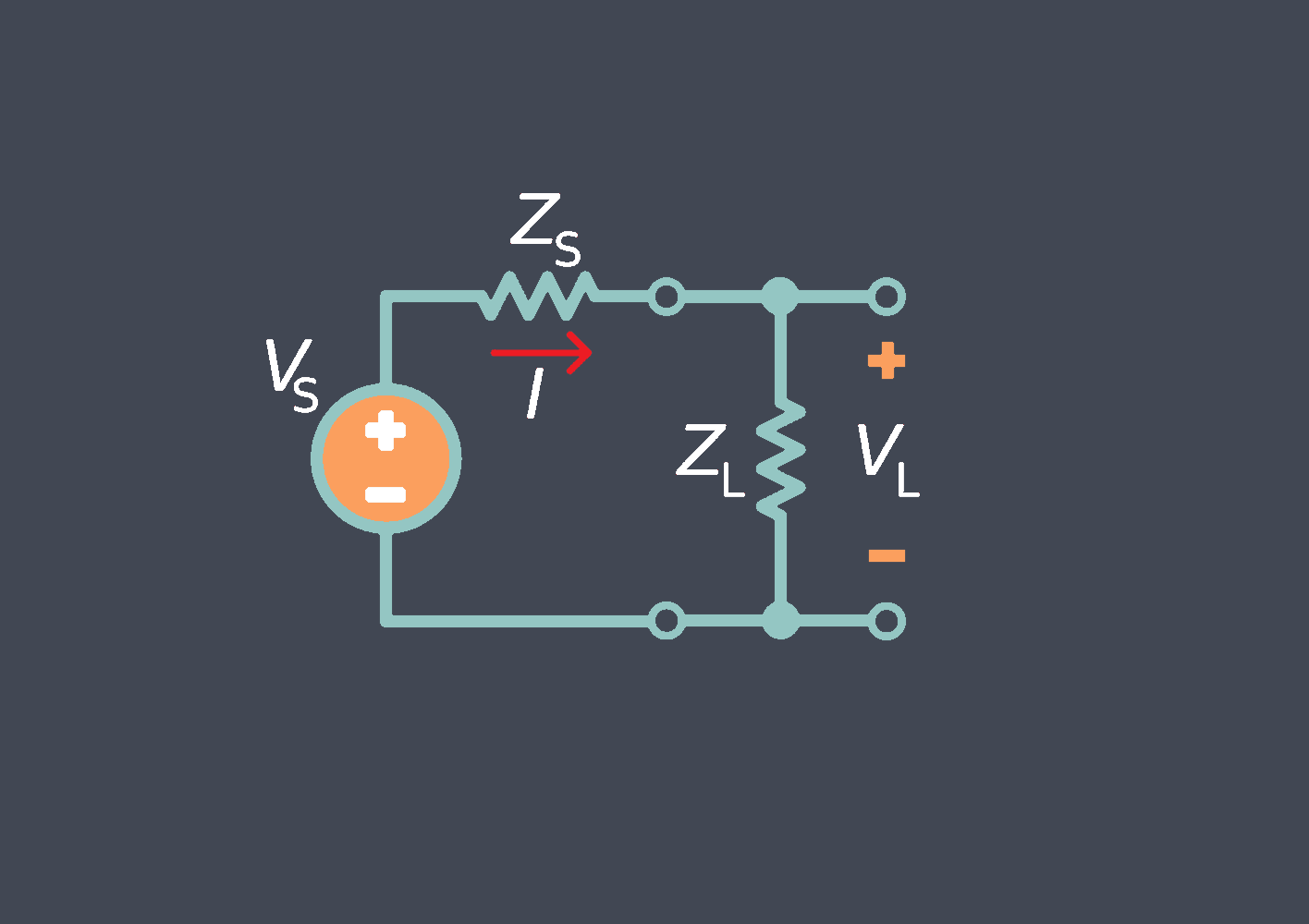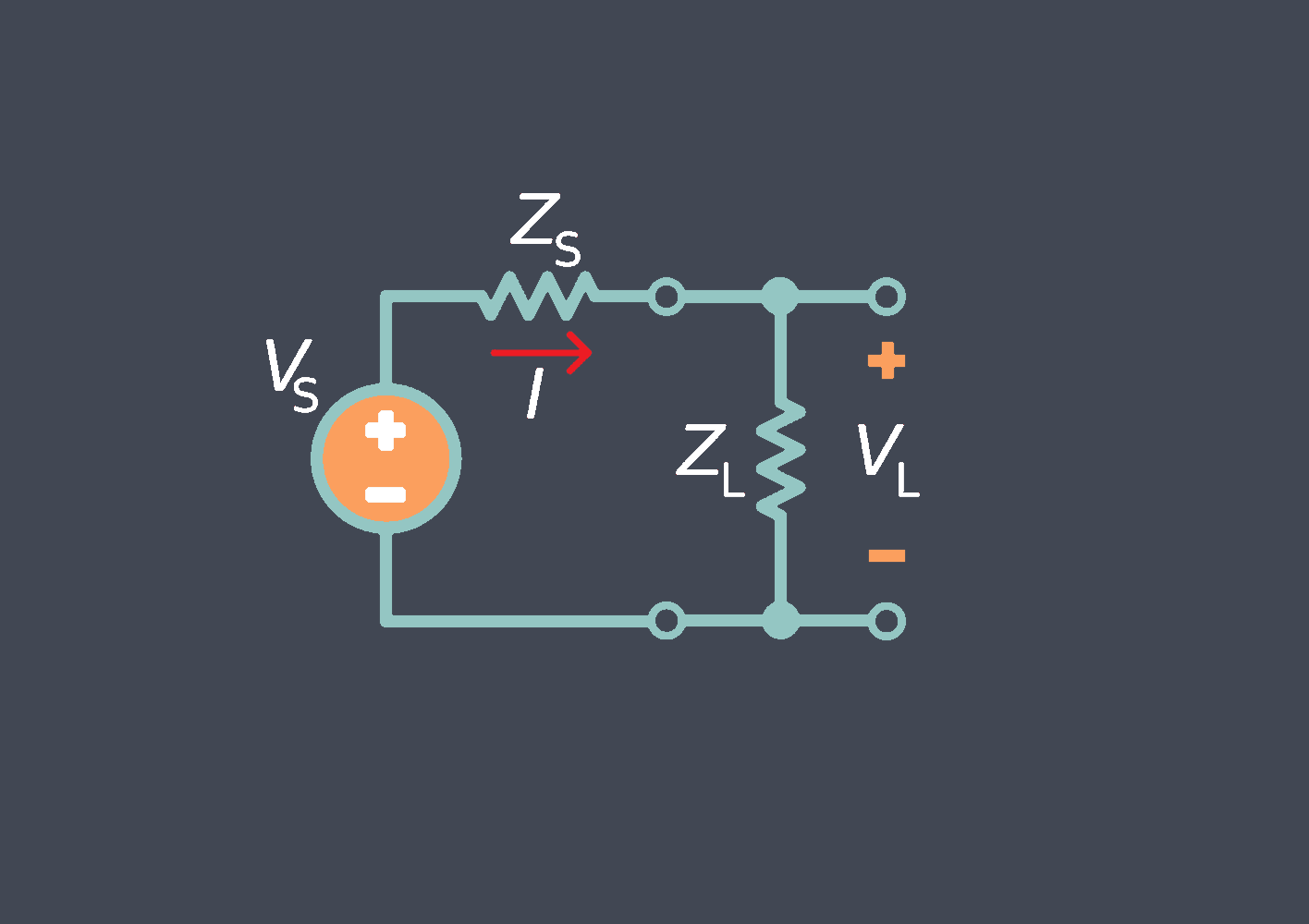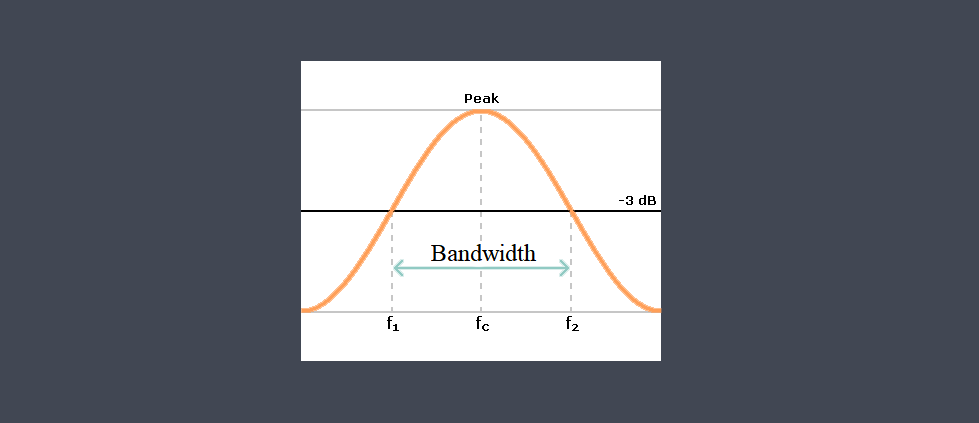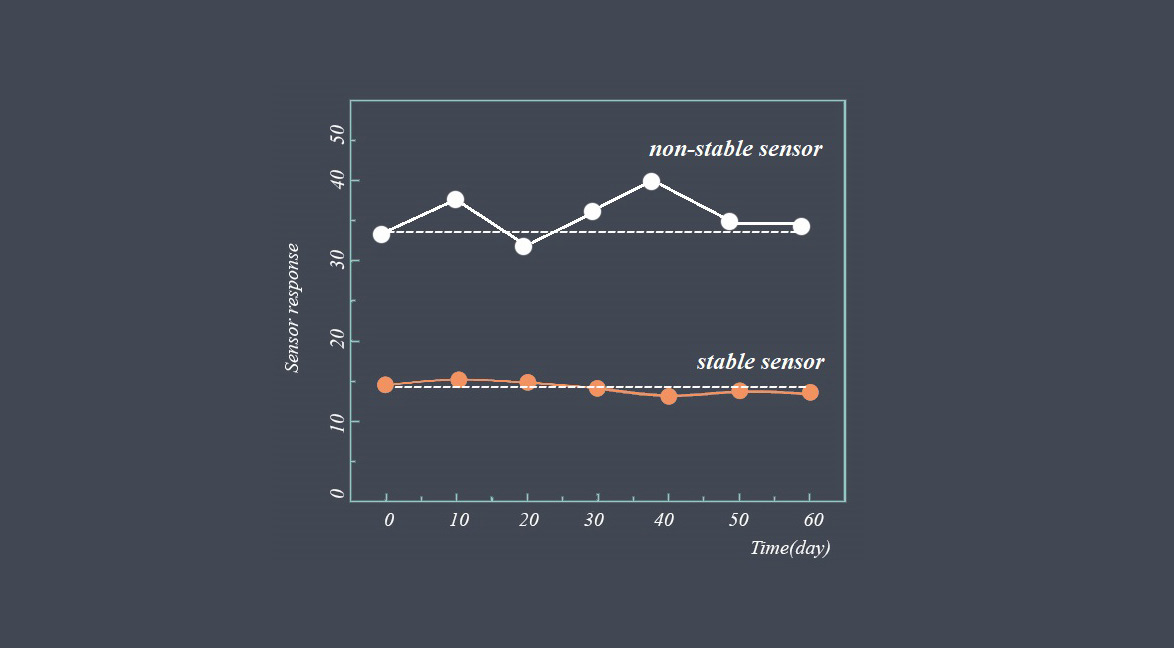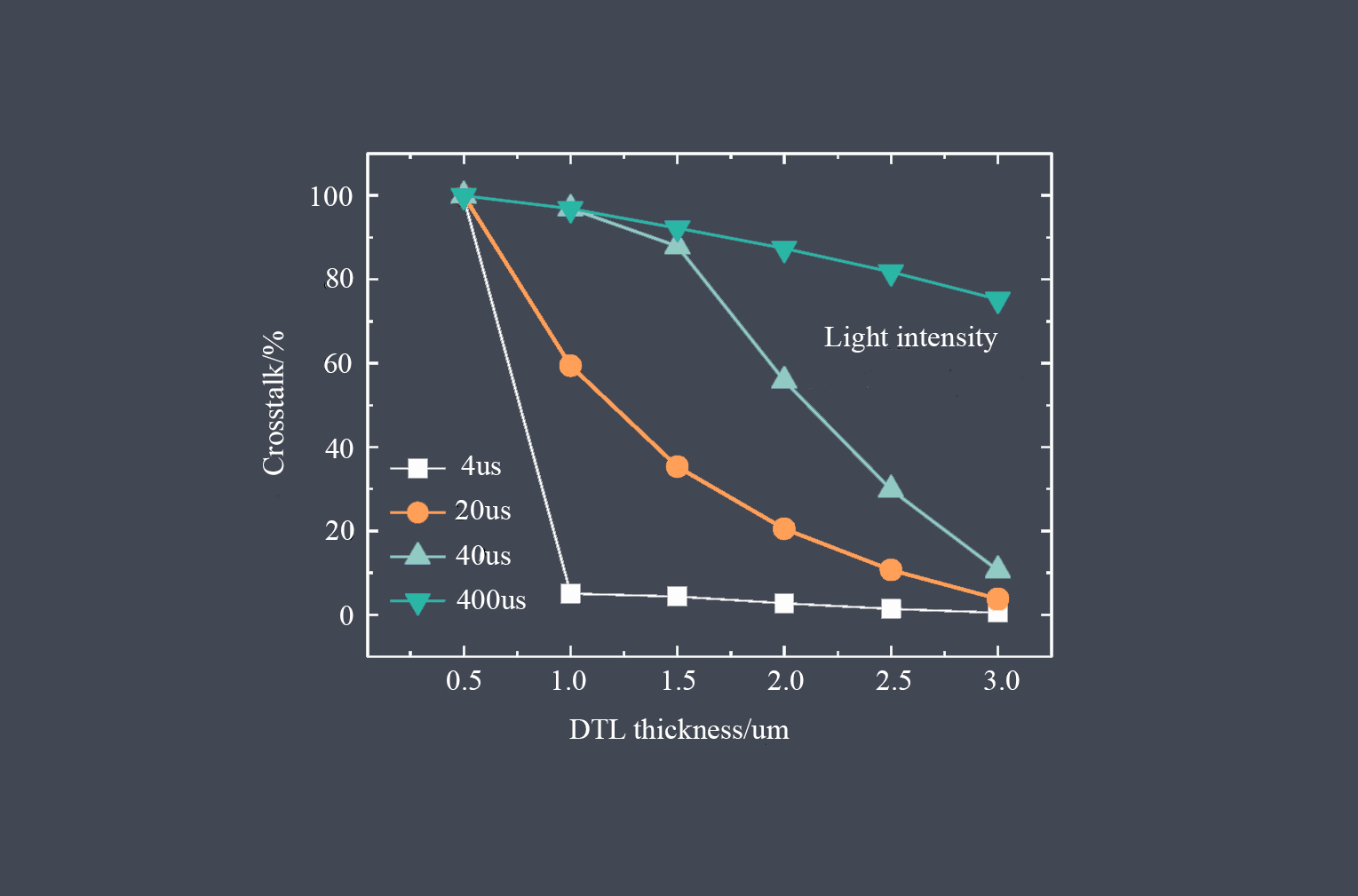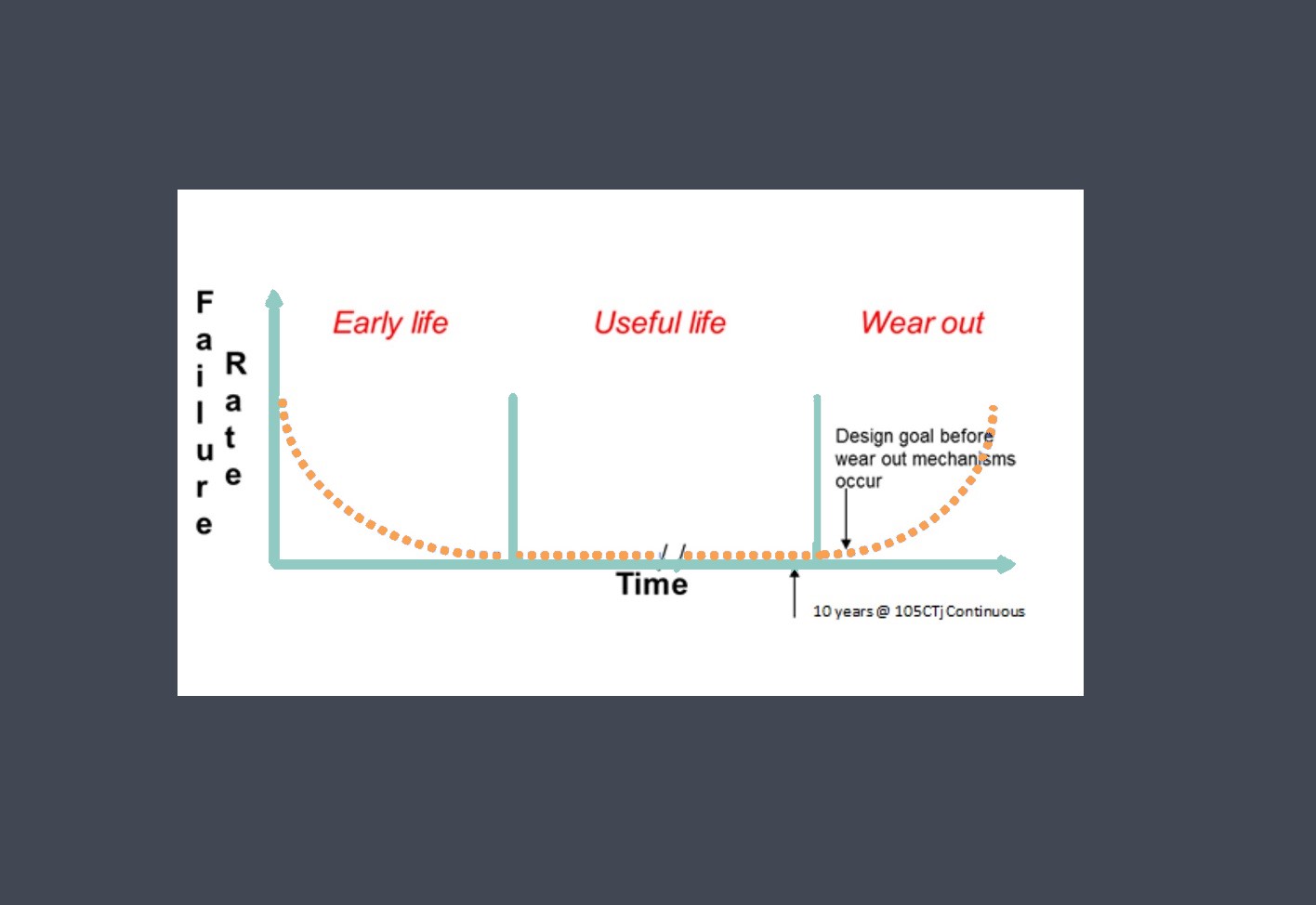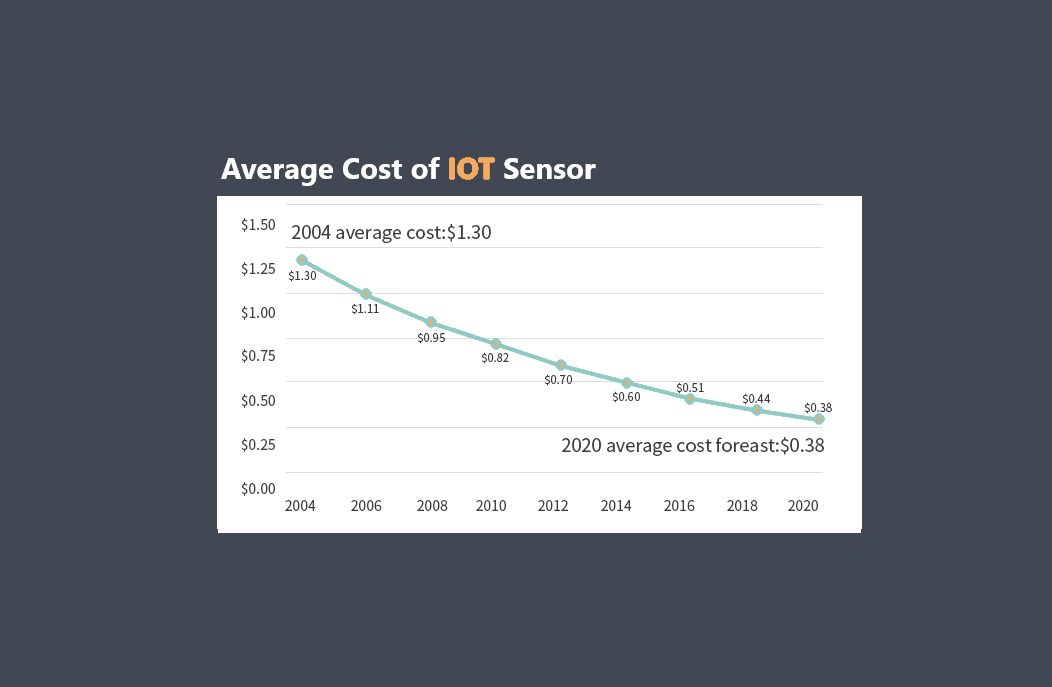
Stability under varying conditions refers to the ability of a sensor to maintain its performance even when exposed to changing environmental conditions. Environmental factors such as temperature, humidity, pressure, or vibration can impact the accuracy and reliability of sensor measurements.
A stable sensor is one that exhibits minimal drift or changes in its output signal over time and under varying conditions. It remains consistent and reliable, providing accurate measurements despite fluctuations in the surrounding environment.
Maintaining stability is essential in many applications to ensure accurate and trustworthy data. Here are some key points regarding sensor stability under varying conditions:
Temperature Stability
Temperature changes can significantly impact a sensor’s performance. Sensors should be designed to minimize the influence of temperature fluctuations, either by using compensation techniques or by selecting materials with low thermal coefficients. This ensures that the sensor’s output remains consistent regardless of temperature variations.
Humidity Stability
Some sensors, particularly those used in humidity or moisture measurement, may be sensitive to changes in humidity levels. Proper sealing, protective coatings, or specialized design considerations can help enhance a sensor’s stability under varying humidity conditions.
Pressure Stability
For pressure sensors, stability under varying pressure conditions is crucial to maintain accuracy. Ensuring robust construction, proper calibration, and compensation techniques can help mitigate the effects of pressure changes and maintain stable and reliable measurements.
Mechanical Stability
Sensors that are subject to mechanical stress or vibrations need to maintain stability to avoid distortions in their output. Robust packaging, shock-absorbing materials, and adequate mounting techniques can enhance a sensor’s mechanical stability, minimizing deviations caused by external factors.
Aging and Degradation
Over time, sensor performance may degrade due to factors such as material aging, component drift, or wear and tear. Regular calibration and maintenance can help identify and correct any deviations, thereby ensuring long-term stability under varying conditions.
Environmental Factors
Other environmental conditions like electromagnetic interference (EMI), radiation, or exposure to chemicals can affect sensor stability. Proper shielding, filtering, and selecting suitable materials can help minimize the impact of such factors on the sensor’s performance.
Calibration and Compensation
Regular calibration is essential to verify and correct any potential deviations in a sensor’s output. Additionally, compensation techniques, such as using reference measurements or mathematical algorithms, can further enhance stability by accounting for known or predictable variations.
By addressing these aspects and implementing appropriate measures, sensor stability can be maintained under varying conditions. This helps ensure consistent and reliable measurements, enabling accurate analysis and decision-making in various applications.
Why is the sensor stability under varying conditions important?
Sensor stability under varying conditions is important for several reasons:
Accuracy
In many applications, the accuracy of sensor measurements is crucial. Any deviations or instability in sensor output can lead to inaccurate data, which can result in faulty analysis, incorrect decisions, or compromised safety. Stable sensors provide reliable measurements and contribute to accurate and trustworthy results.
Consistency
When using sensors for monitoring or control purposes, consistency in measurements is vital. Stable sensors ensure that the same input conditions will yield the same output consistently over time, enabling reliable comparisons and consistent system performance.
Reliability
Unstable sensors can introduce uncertainties and errors into a system, making it less reliable overall. By maintaining stability, sensors become more dependable and can be trusted to provide consistent and accurate data even when subjected to varying environmental conditions.
Longevity
Sensor stability can also affect the lifespan of the sensor itself. Variations in operating conditions may cause more rapid wear and tear, leading to premature failure. By ensuring stability, sensors have a better chance of lasting longer and requiring fewer replacements or repairs.
Cost-Effectiveness
Unstable sensors may necessitate frequent recalibration, adjustments, or replacements, resulting in increased costs. Moreover, unreliable measurements can lead to costly mistakes or inefficiencies in systems or processes. Stable sensors reduce these costs by minimizing the need for corrective actions and optimizing performance.
Safety
In certain applications where safety is critical, such as medical devices, aerospace systems, or automotive controls, sensor stability is of utmost importance. Accurate and stable measurements are essential for maintaining safe operating conditions and preventing potential hazards or accidents.
Overall, sensor stability under varying conditions ensures accuracy, consistency, reliability, longevity, cost-effectiveness, and safety in various applications. It allows for trustworthy data collection, analysis, and decision-making, contributing to the overall efficiency and performance of systems and processes.

